Connecting asset condition and strategy to work execution
When it comes to Asset Performance Management (APM), most organizations share the same goal which is to extract the required performance from their assets, at the lowest cost and within the accepted risk profile. To achieve this goal, it’s critical to:
- Set an optimal asset care plan to minimize the costs, manage the risk, and deliver the required performance
- Execute the care plan as efficiently as possible and capture history of the work completed
- Monitor the condition of assets to ensure they are operating in alignment with the dynamic operating context and care plan and to identify impending failures and trigger any corrective actions.
Many organizations are doing these three things to some degree already. However, they’re often approached in a siloed manner. On one side is Asset Strategy Management (ASM) which ensures the asset care plan is always in alignment with the current operating context, environment, and asset age and condition.
On the other side is Asset Condition Monitoring (ACM) which detects impending failure and early-stage degradation, triggering the need for appropriate corrective actions to prevent long-term, expensive asset repairs. Then, at the centre of most asset management functions is work execution management supported by an Enterprise Asset Management (EAM) application.
See key business benefits of Integrated Asset Performance Management.


